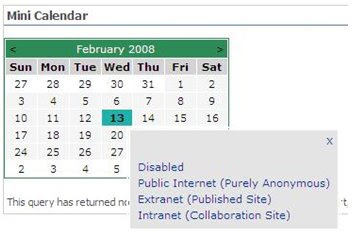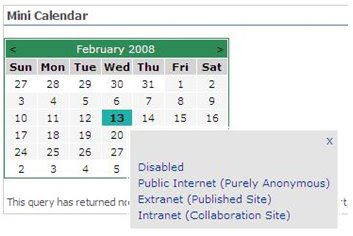New Zend Framework released with many new components and features.
Zend Framework 1.7.0 is now available from the Zend Framework download site:
http://framework.zend.com/download/latest
• Zend_Amf with support for AMF0 and AMF3 protocols
• Dojo Toolkit 1.2.1
• Support for dijit editor available in the Dojo Toolkit
• Zend_Service_
• ZendX_
• Metadata API in Zend_Cache
• Google book search API in Zend_Gdata
• Preliminary support for GData Protocol v2 in Zend_Gdata
• Support for skip data processing in Zend_Search_
• Support for Open Office XML documents in Zend_Search_
• Performance enhancements in Zend_Loader, Zend_Controller, and server components
• Zend_Mail_
• Zend_Tool in incubator
• Zend_Text_
• Zend_ProgressBar
• Zend_Config_
• ZendX_
• Zend_Db_
• Global parameters for routes
• Using Chain-Routes for Hostname-Routes via Zend_Config
• I18N improvements
o Application wide locale for all classes
o Data retrieving methods are now static
o Additional cache handling methods in all I18N classes
o Zend_Translate API simplified
• File transfer enhancements
o Support for file elements in subforms
o Support for multifile elements
o Support for MAX_FILES_SIZE in form
o Support for breaking validation chain
o Support for translation of failure ,messages
o New IsCompressed, IsImage, ExcludeMimeType, ExcludeExtension validators
o Support for FileInfo extension in MimeType validator
• Zend_Db_
• Support for custom adapters in Zend_Paginator
• More flexible handling of complex types in Zend_Soap
The Zend Framework team would like to thank everyone who made this release possible. As always, our generous ZF community has provided countless new features, bug fixes, documentation translations, etc. We'd also like to thank Adobe Systems and Wade Arnold for contributing the new Zend_Amf component. A big thanks to PHP Belgium and everyone who participated in bug hunt day and/or the Zend Framework bug hunt week.
Source:- prlog.org/



















